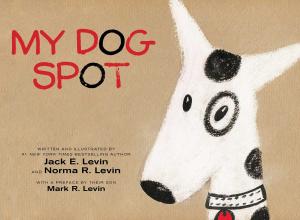| Author: | Mary Batten | ISBN: | 9781466027121 |
| Publisher: | Mary Batten | Publication: | December 5, 2011 |
| Imprint: | Smashwords Edition | Language: | English |
| Author: | Mary Batten |
| ISBN: | 9781466027121 |
| Publisher: | Mary Batten |
| Publication: | December 5, 2011 |
| Imprint: | Smashwords Edition |
| Language: | English |
Despite all our love songs and romantic fantasies, reproduction is the name of the game in biology. All forms of life are genetically programmed to reproduce. Nothing is off limits so long as it produces babies. Animals—plants, too—“do it” in wild, bizarre ways. With both a vagina and a penis, hermaphroditic snails form orgiastic daisy chains. In the ultimate form of togetherness, walking sticks (insects, not skinny people) stay locked in copulo up to 79 days! Some reef fishes change sex—male to female or vice versa, depending on whether their social structure is headed by a dominant male or a dominant female. Pygmy chimpanzees called bonobos use sex to greet each other: male-male, female-female, male-female, young old—nothing is off limits to these animals with whom we share 96 percent of our DNA. Among bonobos, sex helps to keep the peace. Plants also have sexual lives but for them, three is not a crowd; it’s a necessity. Plants trick and seduce a variety of animals to do their sexual bidding by carrying the plant’s sperm—the pollen—to fertilize the female part of another blossom. Avocados and orchids, no less than mammals and insects, strive to reproduce.
Despite all our love songs and romantic fantasies, reproduction is the name of the game in biology. All forms of life are genetically programmed to reproduce. Nothing is off limits so long as it produces babies. Animals—plants, too—“do it” in wild, bizarre ways. With both a vagina and a penis, hermaphroditic snails form orgiastic daisy chains. In the ultimate form of togetherness, walking sticks (insects, not skinny people) stay locked in copulo up to 79 days! Some reef fishes change sex—male to female or vice versa, depending on whether their social structure is headed by a dominant male or a dominant female. Pygmy chimpanzees called bonobos use sex to greet each other: male-male, female-female, male-female, young old—nothing is off limits to these animals with whom we share 96 percent of our DNA. Among bonobos, sex helps to keep the peace. Plants also have sexual lives but for them, three is not a crowd; it’s a necessity. Plants trick and seduce a variety of animals to do their sexual bidding by carrying the plant’s sperm—the pollen—to fertilize the female part of another blossom. Avocados and orchids, no less than mammals and insects, strive to reproduce.















